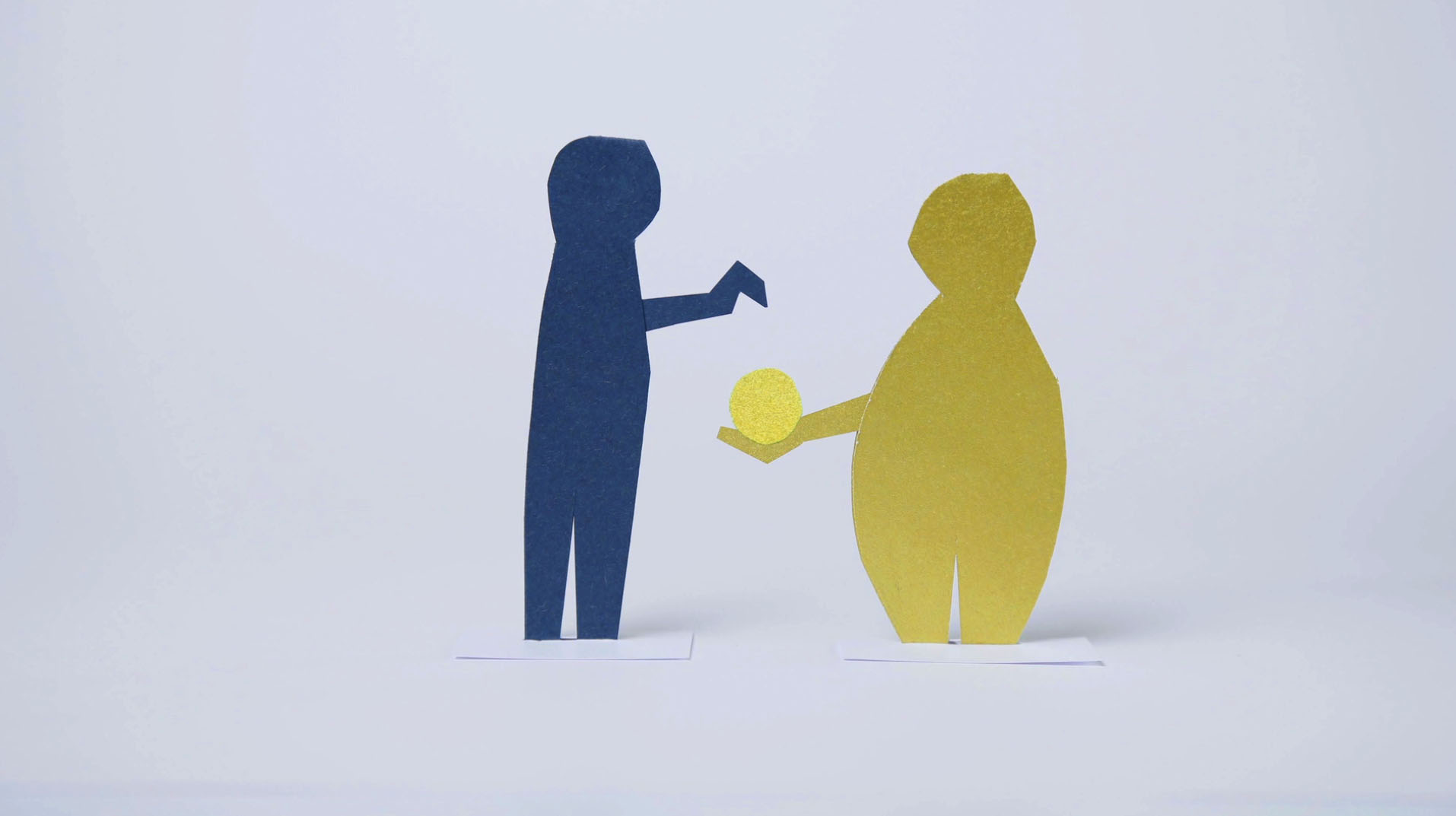Jury out on Swiss debt brake as global model

The mind-boggling $100 trillion (CHF88 trillion) of debt racked up by governments, central banks and companies worldwide has turned some heads towards Switzerland’s successful track record of reducing its own debt burden. But is it a sustainable approach?
Swiss voters approved a so-called ‘debt brake’ on federal public finances in 2001, which was put into operation in 2003.
A decade later, the mountain of government debt – that soared to dangerous levels during the 1990s and early 2000s – has been reduced by CHF20 billion ($23 billion) from its 2005 peak.

More
The debt brake solution
The ratio of debt to annual economic output (gross domestic product or GDP) – which is used as a key indicator of a country’s ability to manage its debt burden – fell from 53% to 37% between 2005 and the end of 2012.
But just as Switzerland was chipping away at its mountain of debt, other countries were building theirs up. When the financial crisis broke in 2008 the ability of these states to keep up with massive interest payments were hampered by rapidly dwindling tax incomes.
Central banks and governments were then obliged to print yet more money to bail out banks and whole economies. Since the middle of 2007 public sector debt alone has soared 80% to $43 trillion, according to the Bank for International Settlements.
“All these countries are just about coping with their debt levels as we are living in a period of low interest rates,” Daniel Müller-Jentsch of the Swiss economic think tank Avenir Suisse told swissinfo.ch. “If interest rates go up just a little bit then they are facing bankruptcy unless they pay off some of that debt.”
“Global blueprint”
The Swiss debt brake is the perfect model for other countries to embrace, according to Müller-Jentsch. And that is not just to stave off the immediate threat of becoming overwhelmed by a wave of current debt. Rapidly ageing populations threaten to add a fresh financial burden on countries in the mid-term, requiring financial flexibility free from expensive debt obligations.
Germany applied its own version of the Swiss debt brake in 2009, followed by Spain and other European countries. On Germany’s insistence, the 17 eurozone countries have also been shackled by binding promises to bring down debt levels.
“Switzerland came up with the blueprint for what I am sure will be the standard fiscal model of the future,” said Müller-Jentsch.
Several Swiss cantons, that enjoy high levels of fiscal autonomy from the federation, have also introduced their own debt brake mechanisms.
St Gallen was the first to employ such tactics by introducing budget and spending rules in 1929.
St Gallen and several other cantons further tightened rules in the 1990s and early 2000s as debt started to accumulate at an arming pace.
The various debt brake models in the cantons have different rules.
Some oblige cantons to balance the books over the course of a number of years, others outlaw tax reductions if debt is too high while yet another example obliges local authorities to accumulate reserves to cope with economic downturns.
Such regional rules are considered a vital accompaniment to the federal debt brake as cantons that spend too freely could reverse some of the government’s debt reduction efforts.
“Lucky timing”
But not everyone is convinced that reining in debt and spending during a time of crisis is the right thing to do. Economists are split as to whether ailing countries are best revived through austerity measures or by stimulating economies with extra public spending.
And not every European country was happy with having austerity imposed on it by Berlin. Italy’s new Prime Minister, Matteo Renzi, has vowed to loosen the economic strait jacket of the previous regime by introducing tax cuts to stimulate the economy.
Achim Truger, a professor at the Berlin School of Economics and Law, believes Switzerland simply got lucky with the timing of its debt brake. The period between 2003, when it was implemented, to the 2008 financial crisis saw the type of rapid economic growth that enabled the government to easily generate enough budget surpluses to pay off debt, he argued.
“Because the economic environment was healthy we did not see the damage that the debt brake can cause,” Truger told swissinfo.ch. “Just because you cannot see damage now does not mean it cannot be caused in future.”
“Wherever you have austerity you have pressure on public investment in infrastructure and that can result in problems in the future.”
While the government has been busy cutting down debt, the Swiss National Bank (SNB) has embarked on a course of spending to keep the franc from appreciate too much against the euro.
In September 2011 the SNB set a franc-euro exchange rate limit at CHF1.20 and vowed to intervene in the foreign exchange markets to defend that peg.
With demand for the Swiss franc remaining strong, the SNB was forced to print billions of francs and buy up assets in other currencies.
This strategy was primarily responsible for the SNB’s balance sheet expanding from around CHF100 billion 2008 to half a trillion francs at present.
The rightwing People’s Party, in particular, is concerned that this inflation of assets could potentially result in huge losses if exchange rates were to move suddenly in the wrong direction.
Damning report
Switzerland’s centre-left Social Democratic party is also concerned that too much focus has been put on reducing debt rather than improving the country’s already impressive infrastructure. The Social Democrats commissioned Truger in 2012 to make this point in a damning report on the debt brake.
Vital investment on railways, roads, social housing and green energy technology has been lost, according to Social Democratic parliamentarian Margret Kiener-Nellen. Furthermore, measures to protect people from rockfalls and flooding have been neglected by Switzerland’s obsession with reducing debt, she added.
“Switzerland has embarked on a one-side, imbalanced fiscal policy that will come at the expense of the next generation,” Kiener-Nellen told swissinfo.ch. “Investment in Switzerland’s infrastructure has clearly not kept pace with the growing population,” she added, citing over-crowded roads and a less reliable rail network as examples of falling standards.
“Widely accepted”
But the government has repeatedly dismissed such criticism of the debt brake system. In fact, the Swiss authorities were so pleased with its results that in 2011 government and business luminaries were sent to the United States to extol its virtues in a series of lectures.
A year later Finance Minister Eveline Widmer-Schlumpf praised reduction in debt for helping Switzerland escape the worst ravages of the global economic downturn. She also pointed out that by 2012 Switzerland was able to save CHF1 billion in interest charges.
A government-commissioned report, that was published last November, also gave the debt brake a glowing appraisal. Government spending as a proportion of gross domestic product has hardly changed since the system was introduced, it stated.
“[The debt brake] has proved its worth and is thus widely accepted,” the report said.

In compliance with the JTI standards
More: SWI swissinfo.ch certified by the Journalism Trust Initiative



You can find an overview of ongoing debates with our journalists here. Please join us!
If you want to start a conversation about a topic raised in this article or want to report factual errors, email us at english@swissinfo.ch.